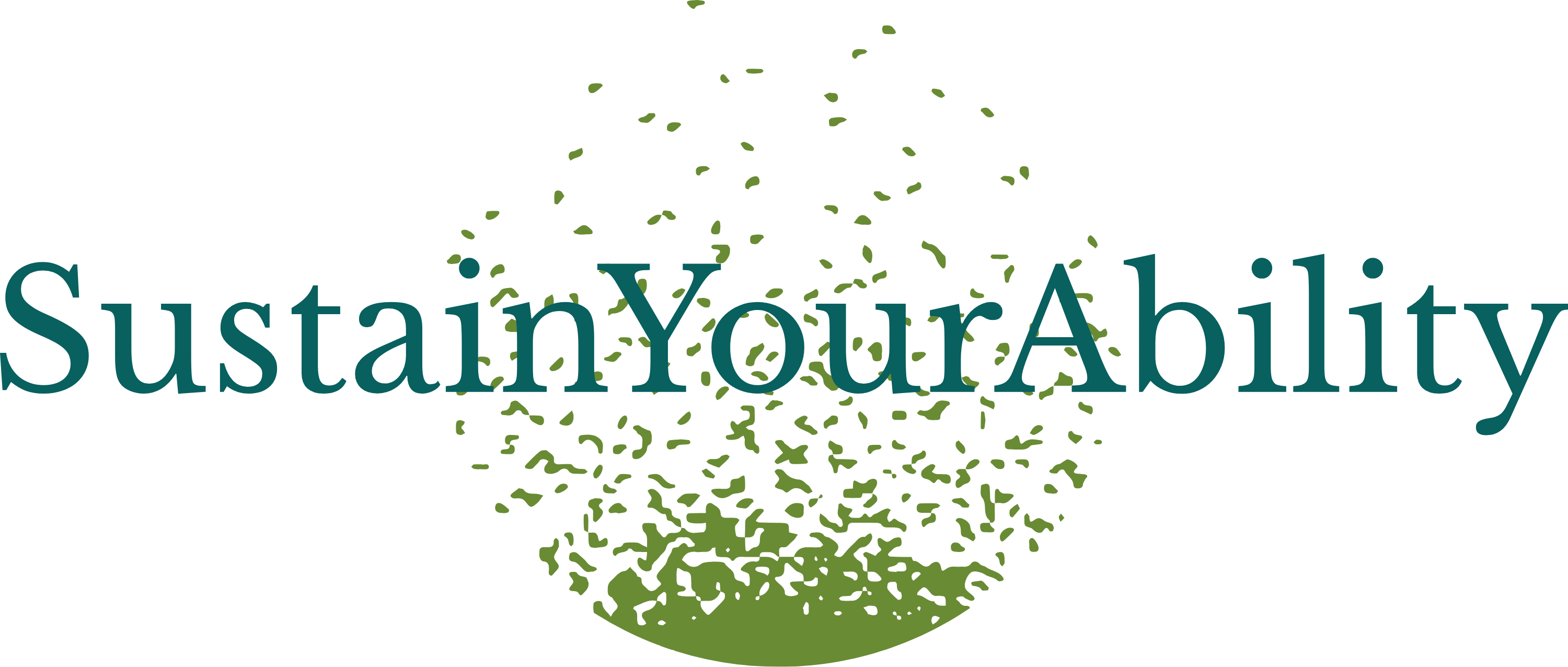How to Start a Compost Bin at Home
- Rodrigo Batalha

- Mar 31
- 4 min read
Composting is one of the easiest and most effective ways to reduce household waste while creating nutrient-rich soil for your garden. Whether you live in a house with a backyard or an apartment with limited space, you can start composting with just a few simple materials. In this guide, we’ll walk you through the process of setting up your own compost bin at home, covering the basics of decomposition, what to include (and what to avoid), and troubleshooting common issues.

Why Compost?
Composting helps divert organic waste from landfills, where it would otherwise generate methane, a potent greenhouse gas. Instead, the composting process breaks down organic materials aerobically, producing rich humus that improves soil structure, retains moisture, and provides essential nutrients for plants.
Choosing the Right Composting Method
There are several types of composting methods to choose from, depending on your available space and lifestyle:
1. Backyard Composting
If you have outdoor space, a traditional compost bin or pile is a great option. This method allows you to compost a variety of organic materials, including food scraps, yard waste, and paper products.
2. Indoor Composting (Vermicomposting)
For those in apartments or without access to a yard, worm composting (vermicomposting) is an excellent solution. Red wiggler worms break down food scraps quickly, producing rich compost known as worm castings.
3. Bokashi Composting
This anaerobic method ferme
nts food scraps using beneficial microbes. It’s ideal for composting all types of food, including meat and dairy, which are usually not recommended in traditional composting. It is important to mention that this is method is based on anaerobic fermentation which means that the microbes are not great under oxygen, rather they thrive under carbon dioxide or another components. Also, this method is more recognised as a pre-composting method. For more information on this method read this article from the RHS (https://www.rhs.org.uk/garden-inspiration/get-gardening/bokashi).
Setting Up Your Compost Bin
Step 1: Select a Compost Bin
Choose a bin based on your composting method:
For backyard composting, use a plastic or wooden compost bin with aeration holes, or simply start a compost pile in a designated area.
For indoor composting, opt for a worm bin with a ventilated lid and drainage holes.
For Bokashi composting, use a sealed bucket with a spigot to drain excess liquid.
Step 2: Choose the Right Location
Outdoor compost bins should be placed in a well-drained, shaded area.
Indoor bins should be stored in a ventilated space, like under the sink or in a utility room.
Step 3: Add Your Materials
Composting requires a balance of two types of materials:
Greens (Nitrogen-rich materials): Fruit and vegetable scraps, coffee grounds, grass clippings.
Browns (Carbon-rich materials): Dry leaves, shredded newspaper, cardboard, sawdust.
Aim for a 2:1 ratio of browns to greens to maintain proper decomposition.
Step 4: Maintain Your Compost
Turn the pile: If using a traditional bin, mix the materials every few weeks to aerate the compost and speed up decomposition.
Monitor moisture: The compost should be damp, like a wrung-out sponge. If it’s too dry, add water or green materials; if too wet, add more browns.
Keep an eye on temperature: A healthy compost pile will heat up as microbes break down materials. The ideal internal temperature is between 130-160°F (55-70°C).
What to Compost (and What to Avoid)
Compost These Items:
✅ Fruit and vegetable scraps✅ Coffee grounds and tea bags✅ Eggshells✅ Yard waste (grass clippings, leaves)✅ Shredded newspaper and cardboard✅ Wood chips and sawdust (untreated wood)
Avoid These Items:
❌ Meat, fish, and dairy (unless using Bokashi)❌ Oily or greasy foods❌ Diseased plants or weeds with seeds❌ Pet waste (can carry pathogens)❌ Synthetic or treated materials (plastic, glossy paper, treated wood)
Troubleshooting Common Composting Issues
1. My compost smells bad.Cause: Too much moisture or excess green materials.Solution: Add more brown materials and turn the pile to aerate.
2. My compost is too dry.Cause: Insufficient moisture or too many brown materials.Solution: Add water and mix in more greens.
3. My compost pile isn’t breaking down.Cause: Poor aeration, lack of nitrogen, or dry conditions.Solution: Turn the pile, add greens, and ensure proper moisture levels.
Using Your Finished Compost
Compost is ready when it’s dark, crumbly, and has an earthy smell. Use it in:
Gardens: Mix with soil for nutrient-rich planting beds.
Houseplants: Add a small amount to potting soil.
Mulch: Spread compost around plants to retain moisture and suppress weeds.
Conclusion
Starting a compost bin at home is an easy and impactful way to reduce waste and create natural fertiliser. Whether you choose backyard composting, vermicomposting, or Bokashi, maintaining the right balance of materials and proper aeration (method dependent) will ensure success. Lastly, composting is a very forgiving method. You don't have to follow all the steps religiously, even if you make a mistake you should be able to put it back on track. Happy composting!
References
Tiquia, S. M., & Tam, N. F. Y. (2002). "Characterization and composting of poultry litter in forced-aeration piles." Process Biochemistry, 37(8), 869-880.
Haug, R. T. (1993). The Practical Handbook of Compost Engineering. Lewis Publishers.
Bernal, M. P., Alburquerque, J. A., & Moral, R. (2009). "Composting of animal manures and chemical criteria for compost maturity assessment: A review." Bioresource Technology, 100(22), 5444-5453.
Kuter, G. A., Eno, C. F., & Cornell, J. A. (1985). "Microbial and chemical evaluation of compost stability." Biocycle, 26(4), 50-55.
Diaz, L. F., Savage, G. M., & Eggerth, L. L. (2007). Composting and Recycling Organic Waste: Municipal Solid Waste Management. CRC Press.
https://www.rhs.org.uk/garden-inspiration/get-gardening/bokashi




